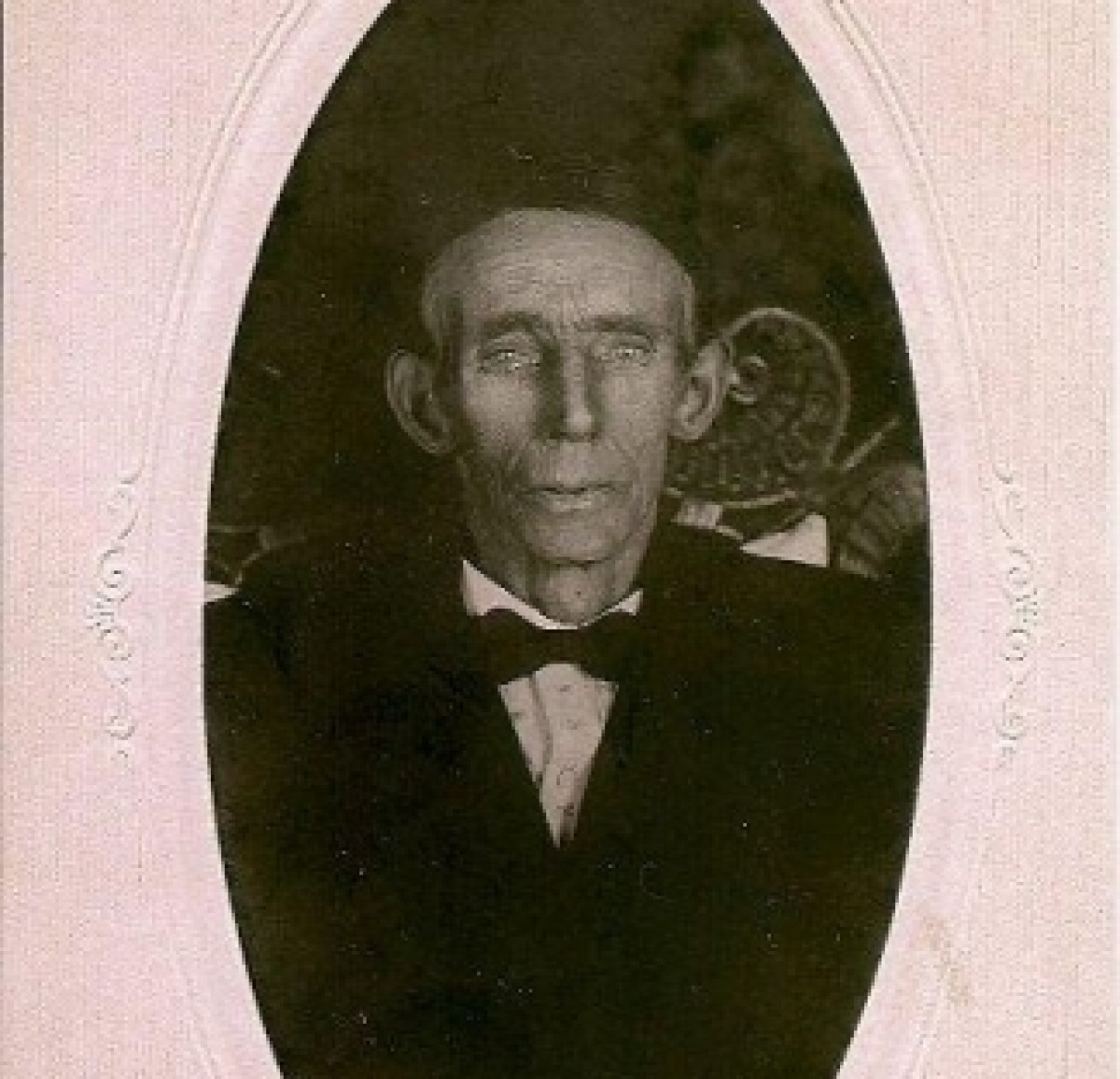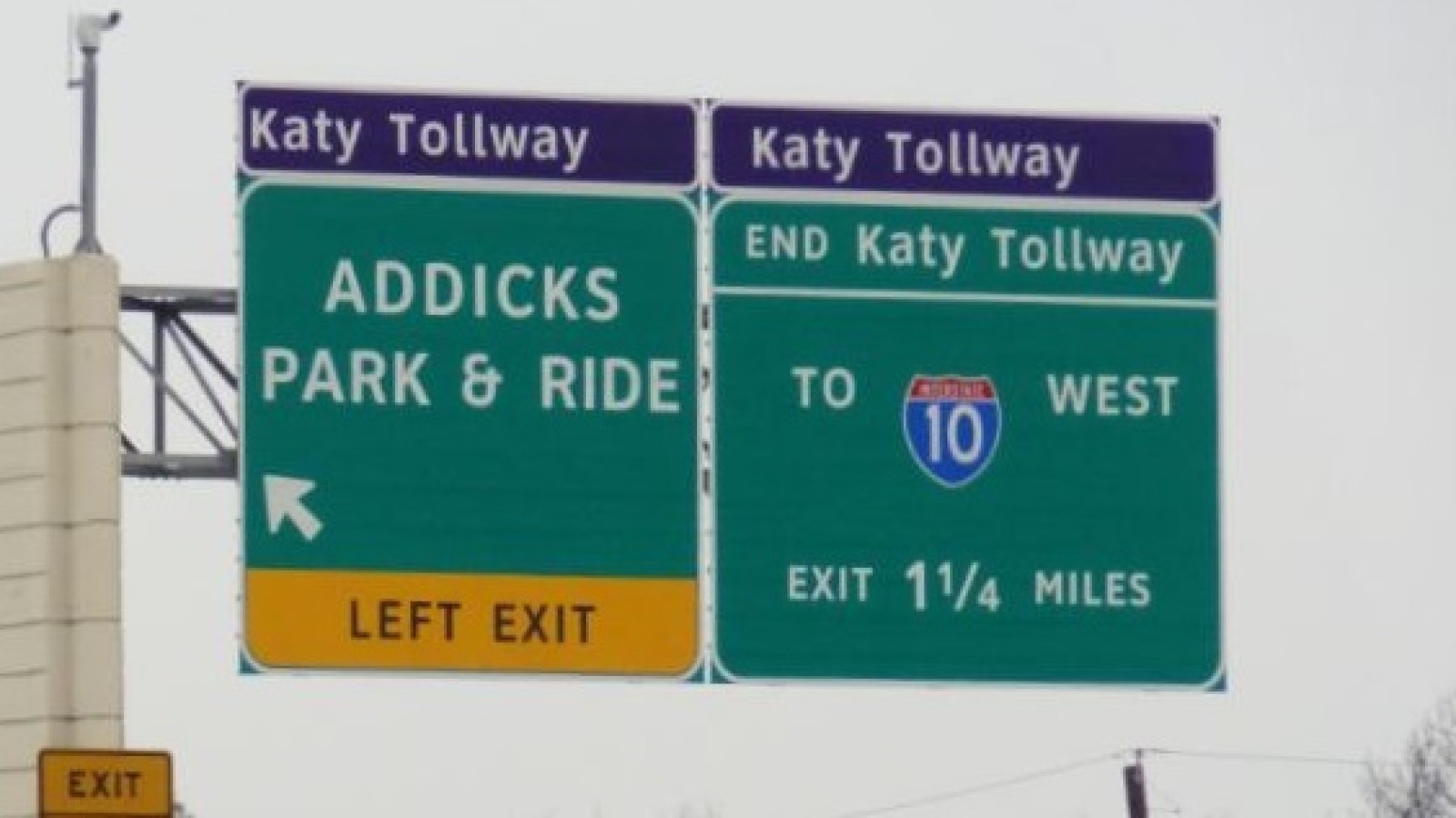Author and historian, Richard Redden, takes a look at an unlikely and previously undiscovered link to Texas in the form of the club’s nickname, the Addicks...
We’re proud to have one of the most unusual nicknames in British football. The Addicks name derives from the haddock fish meals the players were given by local fishmonger Arthur Bryan – Arthur was one of the team’s first sponsors.
I saw my first Valley game in 1949 as a small child. I have to say that in the years that followed, the name Addicks faded away. The ‘Red Red Robin’ kept going as a good anthem but wasn’t unique to us. And in the 1960s, the then-management of the club tried to get us to be Valiants.
I never heard that shouted even once but it left a legacy – the sword in the current badge.
It was the battle over exile to Selhurst Park that really brought ‘the Addicks’ back as we clutched at anything historical to ease the agony of exile.
I’ve now found out something I didn’t know. We are not the only Addicks on the planet. Flicking through the net a few weeks ago in a casual unrelated search on Wikipedia, I made my discovery as the word Addicks jumped onto my screen but with absolutely no Charlton connection.
What I found was that Addicks is a railroad stop for the community of Bear Creek in Texas. It was named in 1884 after the original postmaster Henry Addicks (pictured below).

The Addicks Bear Creek Methodist Church dates from even earlier –1879. According to the details on Wiki, the Addicks Bear Creek Cemetery contains the graves of many of the original German settlers there. The Addicks family were among the first of these Moravian-German families in Texas.
Nearby on the side of Highway 6 there is an Addicks Dam.
The town and surrounding community were destroyed by a hurricane in 1900 but were quickly rebuilt. By 1947, the community was forced to move several miles as the old location became the site for the dam.
The Addicks area also includes Jackrabbit Road, so named because of the plethora of jackrabbits that once lived around and often darted across the narrow road.
We’ve only had over 100 years to find all this out. What stopped us?
Around 400 people live there. The question now is do they know about us? If so, they’d be very welcome.

